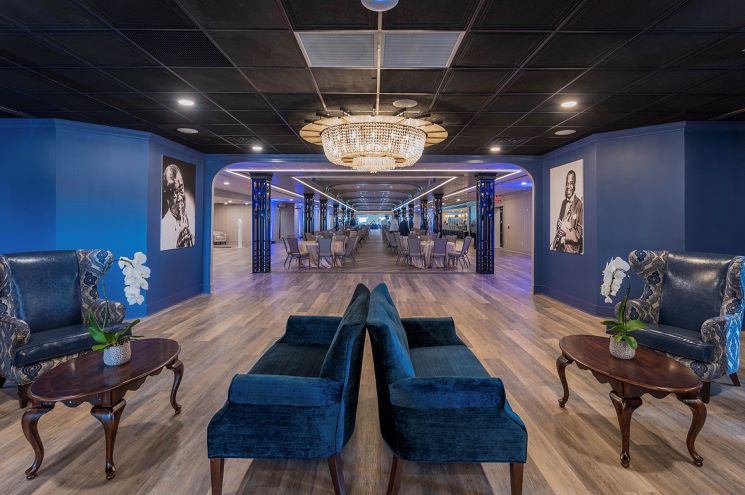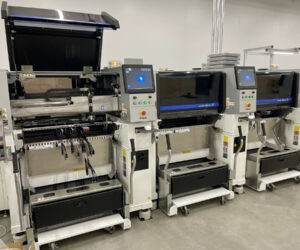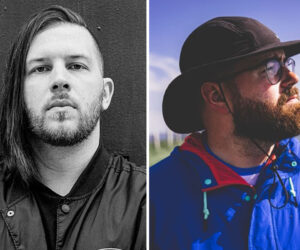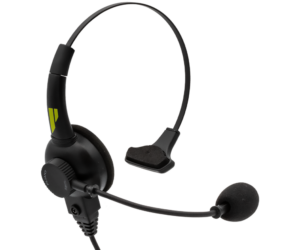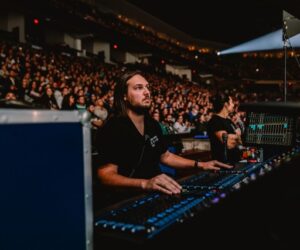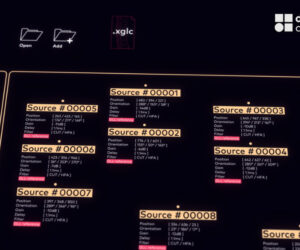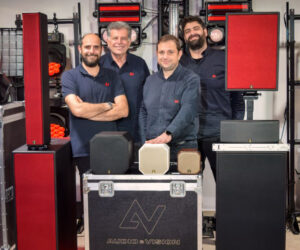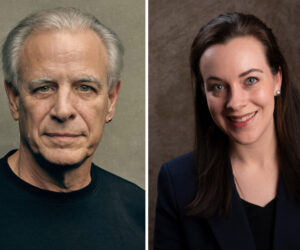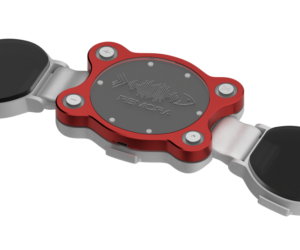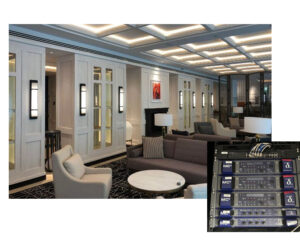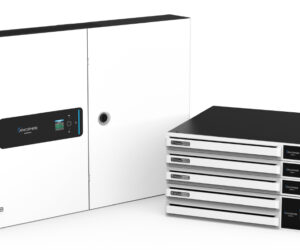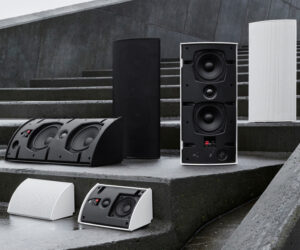The new Riverboat Louis Armstrong, docked on the Mississippi River in New Orleans between the Mardi Gras World and River City venues, has been equipped with sound reinforcement on its numerous decks in a project headed by SOUNd CHek Music (based in New Orleans) working with M R Montero Electronics (Harahan, LA) that utilizes more than 200 FBT loudspeakers and subwoofers.
The multi-faceted system supports a range of events held regularly on the riverboat. Chris Brown, the managing director of SOUNd CHek, and Mike Montero of M R Montero have worked together on multiple projects since 1984, including the annual New Orleans Jazz & Heritage Festival.
Together they chose to implement 65 FBT Shadow 105CT, 23 Shadow 108CT and eight Shadow 112CT compact loudspeakers with flexible wall and ceiling-mount options along with 149 CSL 840TIC ceiling loudspeakers. Eight CLA 208SA compact active subwoofers are distributed throughout the vessel, concealed to fit the decor of the install.
“We had a lot of products to choose from and they were all lobbying us to use them — the usual players, you know who they are so I won’t list them,” Brown states. “But guess what? FBT gave us the right tools for this job. It was an easy decision.”

The various sub-systems, optimized for specific musical needs, were required to be linked together and required approval by the United States Coast Guard (USCG). “USCG requirements for MV [motor vessel] installations are quite different than any other codes or requirements I have encountered,” Brown explains. “Learning it all was the challenge. It was definitely a process that added greatly to the final expense and time in installing the systems.”
Two issues of the process include Burn Factor (how many people can be on the boat at one time) as well as the fact that no decks or bulkheads could be penetrated for wire runs. “The original ceiling tiles were metal. We couldn’t have metal as it would be an acoustical nightmare with any amplified band,” Brown notes. “So, the ceiling tiles purchased were made of compressed crushed stone, which were great for a while until they broke and fell to the deck unprovoked. ‘Plan B’ [the replacement] is a secret — patent pending — but it doesn’t burn and is very cool.
“Keeping a concert going while having a banquet on the deck above meant soundproofing that won’t burn, so for this on the main concert stage we achieved it by using sand — 52 tons of it,” he continues. “Conveyor belt lifted from the dock and loaded three decks up into the metal frame of the stage and then decked on top with plywood. Did I mention that it had to be dry first? Can’t use wet sand on a metal deck or bulkhead, you know. Subwoofers were in chambers wired and able to slide in and out from under the front of the stage. No bleed onto the stage or anywhere else with that sand sealing the subwoofer chambers.”
As noted, everything had to be tied together for audio override in case of emergencies and other announcements. The riverboat’s captain has to be able to mute all eight systems and make an announcement from the wheelhouse on the top deck no matter the program that’s running at any of the venues, including top deck, concert hall, banquet room, wedding room, rear (aft) lounge, and more.
“With all of these spaces capable of sharing or having independent programs running completely agile amongst each other back and forth and to and on all decks — kind of a master override voiceover with mute, if you can imagine. This was easy compared to some of the rest [of the project],” Brown adds.
All decks use CLA 208SA subs that are hidden, and all can carry any music or program and also operate as their own independent venues when necessary. Careful attention was paid to time alignment and delay to help ensure sound is coherent in all rooms no matter where a head table or stage is placed. The concert hall system was designed with an assist from the [AMFG] EASE platform.
“When you walk to the back of the concert hall and into the aft lounge, the sound remains seamless as the band fires up on the main stage,” he states. “The concert system was scaled down for many reasons, but with an additional 3-phase 100A cam lock tie-in behind the main stage, visiting sound companies can inject into the system, and the whole venue, including stairwells, are time aligned to the stage sound.
“In summation, all systems are completely agile back and forth to all rooms with individual iPad control and analog injection points in all venues and all rooms on all decks. Bottom line: it was a bit of a challenge but with everyone working together we got it done and as I said earlier, ‘FBT gave us the absolute right tools for this job.’ They were clearly the best choice and the support from FBT remains fantastic. Riverboat Louis Armstrong is an amazing multi-purpose venue and like no other in New Orleans, maybe the world and will remain so for many, many, years to come.”


